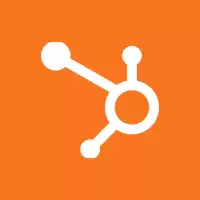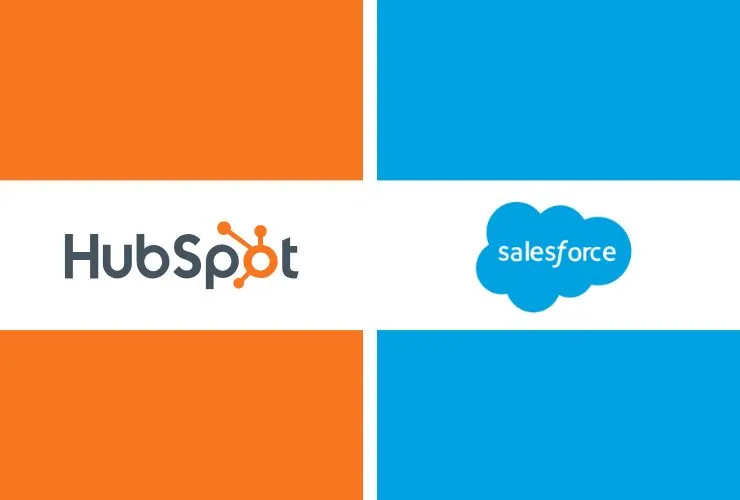Salesforce isn’t just a customer relationship management (CRM) tool. Salesforce is a powerful cloud-based and fully-fledged platform providing businesses with the unifying technology to increase productivity, increase decision-making abilities, and create great customer relationships, regardless of size. While many businesses begin their Salesforce journey by implementing Salesforce to replace their CRM solution, few actually take advantage of all the incredible capabilities of the platform.
Taking into consideration the hyper-competitive landscape we now find ourselves, using Salesforce for the best interest of your organization can make a fundamental difference on how you communicate with prospects, manage your internal operations, and scale your business in the future. In this post, we show you seven Salesforce features you should be using right away to maximize your overall value and return for your investment.
1. Salesforce Automation (Workflow Rules, Process Builder & Flow Builder)
Automation is the core of a correctly implemented CRM. Salesforce allows you to apply automation to tasks that are manual and repetitive using tools such as Workflow Rules, Process Builder and Flow Builder. The automation capabilities can:
- Automatically assign the lead to the right rep
- Send follow-up emails based on how the prospect behaved
- Update deal stages, or field values at the overall record level
- Assign tasks and send notifications
By using automation, your sales and service teams are going to spend less time managing administrative activities, and more time using these important interactions with customers to get back to selling and building valuable relationships.
2. Real-Time Reporting & Dashboard for Analytics
Salesforce has reporting tools to make data-driven decisions efficiently. You can create customized reports to track sales performance, marketing campaigns, pipeline activity, customer service KPIs, and others. Dashboards keep everyone focused on what matters with real-time visibility suited for each team.
3. Email & Calendar Integration (Gmail, Outlook)
Salesforce has pre-built integrations for Gmail or Outlook that allow you to log emails, sync calendars, and track customer communications. Everything – whether it is through email or meetings – will be recorded in the CRM database, thereby eliminating data silos and ensuring seamless communications across all customer touch points.
Sales reps enjoy reduced manual entry and have more time for engagement activities.
4. Lead Scoring and Smart Lead Management
Leads are not all created equal. Salesforce includes lead scoring capabilities so you can rank and prioritize leads based on their level of engagement, behavioral activities, and demographic information to give you background about how to best engage them. Vocal thresholds can trigger workflows, such as assigning specific reps to leads, or adding them to a nurturing campaign.
Smart lead management means you spend your time with high intent prospects, opening the way for maximum conversion potential.
5. Salesforce Mobile App
Salesforce’s mobile app gives your team the ultimate in flexible access wherever you’re located. On-site with your client? Remote team? No problem. Your team can access fully populated CRM data from anywhere. Using the mobile app, you can update opportunities, take meeting notes, view dashboards, or follow up with contacts—all in real-time.
Having access on mobile leads to responsiveness and mobility, so your field teams can stay connected to internal systems without needing to lug around a laptop.
6. Custom Objects & Fields
Salesforce is not a “one-size-fits-all” platform. The flexibility of Salesforce is that you can create custom objects and fields that cater specifically to your internal processes–whether that is tracking inventory, onboarding new partners, or the number of internal approvals needed before a deal is finalized.
Ultimately, this is allowing Salesforce to become a holistic platform that houses all of your business operations and processes in one system, so you’re not using disparate tools without connectivity.
7. Salesforce AppExchange
AppExchange is Salesforce’s vast marketplace of third-party apps and integrations. The AppExchange has more than 5,000 apps that allow you to easily extend the capabilities of your CRM. Whether that’s accounting tools, survey tools, project management tools, or e-signature integrations, this marketplace allows you to manage your tech stack around Salesforce without having to reinvent the wheel.
8. Sales Cloud & Opportunity Management
Sales Cloud offers the tools to manage opportunities, forecast revenue, and move prospects through each stage of the sales cycle. Features, such as opportunity management, quote generation, deal-stage customization, provide sellers with more accurate visibility into their pipeline and help with sales forecasts.
Sales reps can easily keep track of the progress of their deals, and managers can have visibility into what opportunities have stalled and may need help to push them toward a close.
9. Einstein AI & Predictive Analytics
Salesforce Einstein AI powers machine learning into your CRM applications. It assists with:
- Predicting the likelihood of a deal closing
- Recommending actions for sales reps as their next best step
- Analyzing lead conversion patterns
- Bringing to your attention insights you may have missed
This degree of intelligence increases productivity and also refines your sales strategy over time.
10. Chatter and Real-Time Collaboration Tools
Salesforce Chatter keeps your teams connected and informed as they work. It enables collaboration by allowing users to leave comments, share documents and tag colleagues-all while using the records they’re working on, which keeps conversations contextual and reduces the need to rely on external messaging platforms.
The advantages of Chatter are particularly beneficial for remote and hybrid teams that need to coordinate across locations.
Conclusion
Salesforce comes with a robust set of applications that can improve operational performance, customer experience, and drive business growth. However, to take full advantage of the platform, companies need to do more than just use it as a CRM. They should explore opportunities to automate business processes, harness AI, streamline lead management, and leverage mobile and customization capabilities to build a scalable ecosystem that supports their goals.
Whether you’re growing as a startup or part of an enterprise organization, having the right features—and using them effectively—is key. To optimize Salesforce for your business processes or create a more connected CRM experience, partnering with certified Salesforce consultants can accelerate your path to success. Tap into expert services to build, integrate, and scale Salesforce software tailored to your unique business needs.












